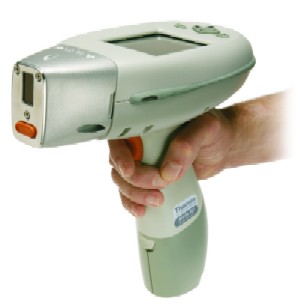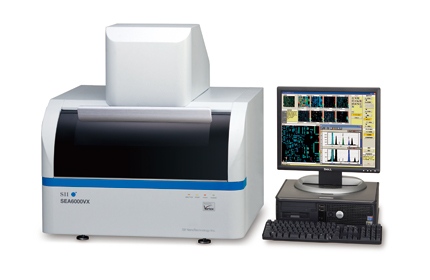Testing Precious Metals With An Xrf Analyzer
Now that the popularity and price of precious metals is soaring, determining the purity of any apparent quantity of pure gold or other metal is a serious endeavor, this is where an xrf analyzer comes in. Gold, in particular, is worth many times more than what it used to be. What may have been insignificant errors in reading some time ago have taken on increased significance now that gold is more valuable. A number of devices exist which purport to give extremely accurate reports on the precious metals content of any melted ingot or bar.
An X-ray fluorescence spectrometer bombards a sample piece of metal with X-rays and analyzes the amount and nature of the X-rays which the metal emits. It does not matter in which form the metal presently exists. It can be solid, liquid or powder. The X-rays interact directly with the atoms of the metal in question. This analysis works whether the sample material is nearly 100 percent pure of has only a small fraction of the sought for metal in its contents.
How An Xrf Analyzer Works
When the X-rays strike the material in question, they have the power to knock loose electrons from their orbits. When they are strong enough to knock inner electrons from their orbits, this causes electrons in higher orbits to fall into their empty places. As a result, ionization occurs and x-rays are emitted b the substance. Each element on the periodic table has a characteristic level of response to this treatment. By performing an XRF analysis on these results, you can determine what kind of metal you have before you and just how pure it is.
An example of a device that can perform this X-ray bombardment is the Skyray XRF Spectrometer. This is an energy dispersive device can detect up to 81 elements accurately. From Sodium to Uranium, these devices can create ionic reactions that identify the type and quantity of most precious metals.
An XRF analyzer directs the X-rays emitted by the material into a solid-state detector. The analyzer produces a signal which can be turned into a digital readout. This is known as energy-dispersive analysis. The speed of this detector is very important. In order to measure the emissions correctly, they must all come from the same photon.
A wavelength dispersive analysis occurs after the X-rays so emitted are sent into a diffraction grating monochromator, which is usually a single crystal. This creates a single X-ray wavelength, which can be read as evidence of a particular metal and its purity. This process counts photons as they pass through a photomultiplier. A photomultiplier is a detector that is similar to a Geiger counter, which measures levels of radiation.
Either form of the fluorescence process is relatively inefficient since the radiation emitted by the substance is much weaker than the original burst. In order to ensure an accurate reading of this weak emission, the paths between analyzer and sample must all be maintained in a vacuum chamber to limit interference.
Energy dispersive XRF devices are more compact and easy to transport. They are useful in research and in monitoring substances. Wavelength dispersive devices are known for superior reliability and accuracy. They are used in several industrial tasks in addition to the analysis of precious metals.

Types Of Xrf Analyzer Spectrometers
There is a great assortment of Skyray XRF analyzers. They produce energy dispersive XRF devices which can give results in 20-60 seconds and do not require any destruction of the elements analyzed. Their wavelength dispersive devices are suited for larger undertakings and can analyze ten separate elements simultaneously. They possess higher X-ray power and can detect extremely low amounts of specific materials.
Niton XRF analyzer is another model which has diverse applications outside the world of precious metal analysis. They come in handheld versions which can be used in the field. They function on large amounts of metal as well as on smaller pieces of jewelry. These are all-weather devices which give accurate results in seconds.
Other manufacturers in the area of X ray spectroscopy include Rigaku, which specializes in wavelength dispersive devices. They market their machines for use in analyzing myriad materials. Eastern Applied research makes XRF analyzers which offer coating thickness measurement. This allows the devices to analyze thin layers of material. Bruker analyzers range in size so as to give the buyer a choice between portable items and some of the larger, more accurate models such as the S8 Lion or the S8 Dragon. The Bruker Artax is a special portable xrf analyzer used in the fields of archeometry and art history.










